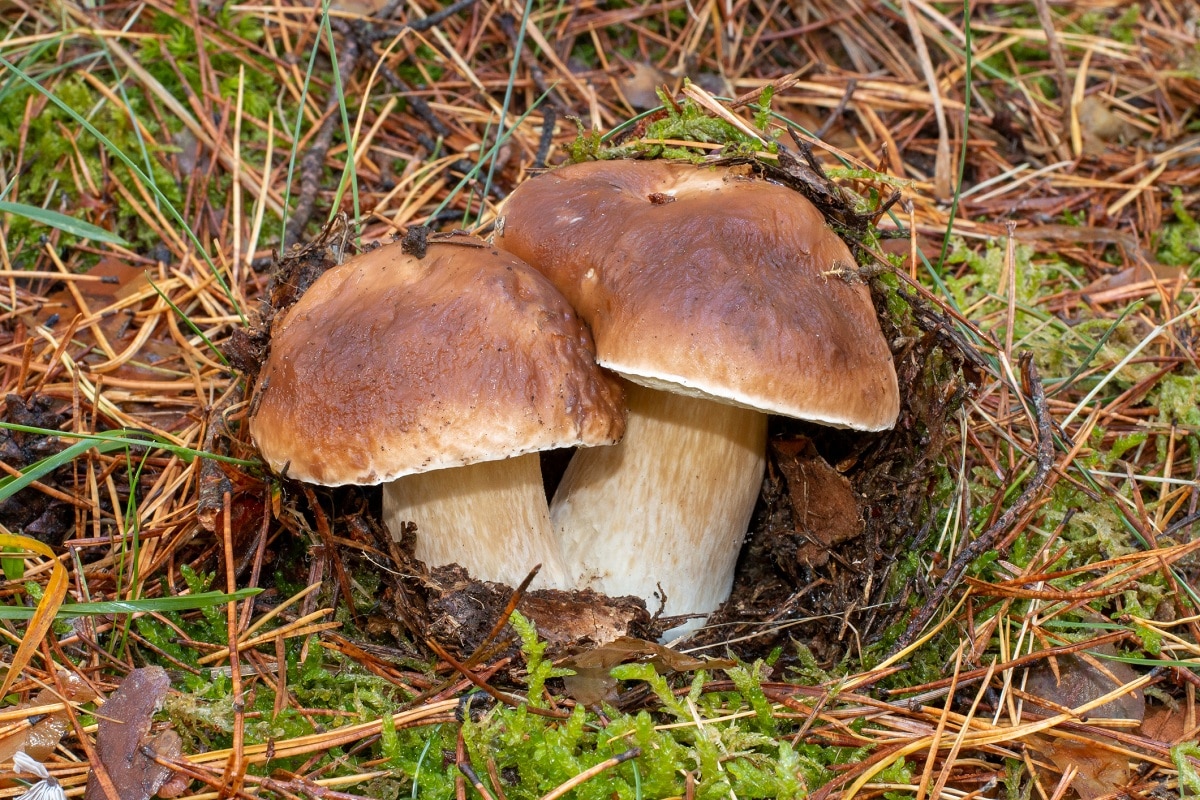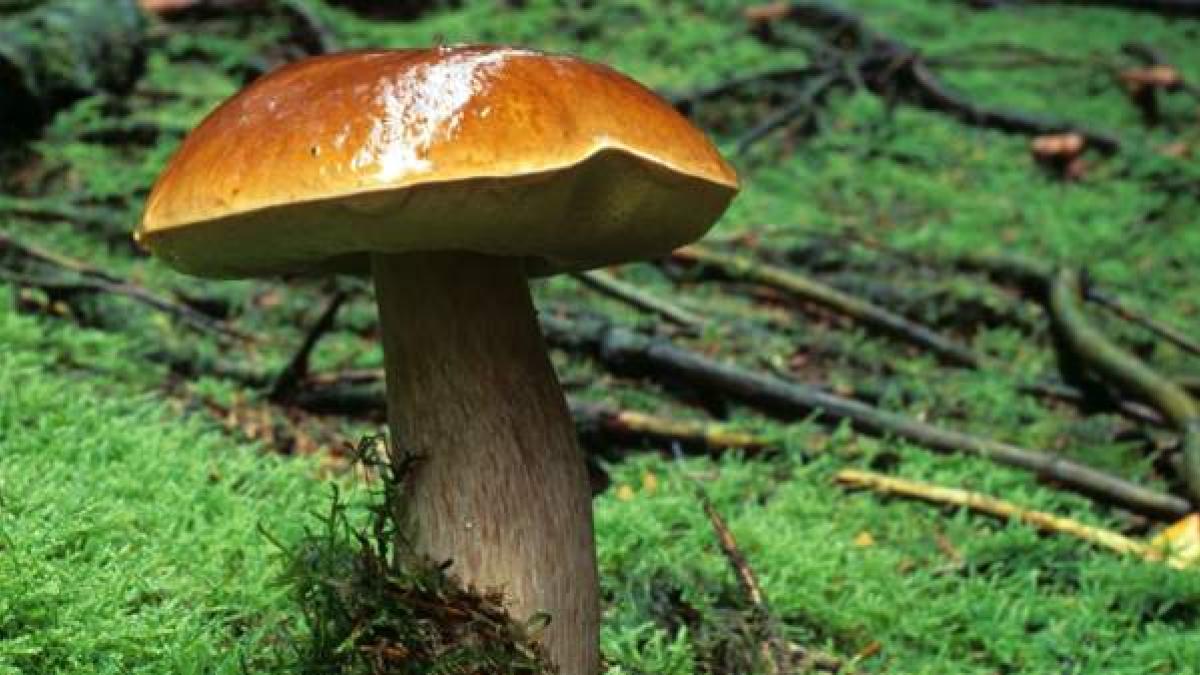
In recent decades, the Boletus, or Boletaceae, has become a coveted species when autumn arrives. So much so that there are real mafias that roam the forest in search of such precious mushrooms and then sell them without any control. People always say that there is no possible confusion, and although they are relatively easy to identify, we must take certain precautions. The reason for this is that there are poisonous boletus that can harm our health whether it is consumed raw or cooked.
For this reason, we are going to dedicate this article to telling you everything you need to know about poisonous Boletus and how to identify them.
Key features

Boletus is a group of fungi that make up the family and genus of the genus Boletus. Thus we can have boletes whose scientific names do not have to start with the word Boletus. Some examples are Chalciporus, Leccinum (this has made some adaptations to other genera), Gyrosporus, Xerocomus, etc… So when it is said that Boletus are boletus, it is true, but boletus are not just Boletus. In this small classification we enter the genus Boletus. The classification of mushrooms is carried out mainly by their morphology, and precisely, the submembranous layer appears first when determining the genus or order.
In the case of Boletus, it is quite distinctive because it has a spongy morphology instead of the classic lamellar morphology. This makes identification of the genus relatively easy, but we should not get confused.
poisonous boletus
Boletus Satan
It is poisonous, so be careful. Fortunately, it's not easily confused with the first 3 (edulis, aereus, and pinophilus), as this one has a dirty white cap, a red foot in the middle, a yellow top, and it smells bad too. The meat will be slightly bluish when cut. (Our recommendation) If you see any pink on the legs of a boletus, discard it. Great food isn't red or pink, so there's no reason to take chances.
boletus rhodoxanthus
Another example of poisonous Boletus, also common in Spain. This is easy to identify for several reasons. The first is that it has a yellow foot covered with a red reticule, which makes it very distinctive. Second, when they are young, the pores are yellow, which can confuse us, but as they grow, they are orange-red, and when they mature, they turn a very striking blood red. The most identifiable feature is that the meat on the cap when cut lengthwise turns bluish.
Another is suspected of toxicity due to its rarity. Is about Boletus luteocupreus, and its feet are very similar to B. rhodoxanthus (yellow and red), so if we get into it, it could be either one, neither is good, so no question about it. Our suggestion is to know well all the morphological characteristics of the first 3 species (B. edulis, B. aereus and B. pinophilus) and those that are poisonous, so that it is very clear that we are collecting good boletus.
Boletus that are edible
Once we know the main poisonous Boletus, we can get to know some that are edible and widely used in gastronomy.
boletus aereus
One of the most famous and appreciated along with boletus edulis. Of these three foods, we can get confused because they can be very similar, but there is no problem because all three are considered excellent foods. The most obvious difference between the three is the color of the hat.
Boletus edulis
In this case, the cap is dark brown, almost black, which is probably the main characteristic difference between B. edulis and B. pinophilus. Is characterized by a white pulp, a sticky lid if the environment is humid and a light brown color that tends to ocher (unlike B. aereus). Fruit membrane pores are often milky to yellow, and even green when very ripe, as in B. aereus.
Boletus pinophilus
Its hat is more brownish and reddish in color, a characteristic that differentiates it from the first two. The taste is a bit different, but also very good and appreciated. This is typical in the westernmost areas of the peninsula, such as Extremadura and the southwest of Castilla León.
The color of these three pores starts out as white or cream when they are young, yellow as they grow and green as they mature. All those boletus that do not have that range of colors (red, pink, very bright yellow, etc.) with pores (fruit membrane) are among the least popular or inedible boletus, so it can be combined with the color of the hat.
How to distinguish toxic mushrooms
As we have seen before, the Boletus satan is the most dangerous. Despite some similarities with other edible boletus such as the red boletus, the truth is that we can easily distinguish it in the bush if we follow these identification guidelines. The size of this fungus gives it away. We are talking about one of the largest boletus, capable of reaching 30 cm or more. It is a spectacle to see a hat of this caliber. But we have to look at the color. His hat is white and pale. A characteristic light gray color that resembles a clarified coffee with milk, with excess and thick edges. The cuticle is velvety matte. It is not uncommon to find specimens weighing around 2 kg. Boletus pores have a yellowish tint that ends in reddish orange and slowly turn blue.
The feet of the boletus are pot-bellied, also large, of a typical red color, similar to blood, with red markings. The flesh is pale yellow, cream colored and turns blue-green when cut. The same goes for spores and test tubes. It smells really bad, especially when it gets old.
If we wonder where to find this fungus, we must remember that it is an exclusive fungus of limestone soils. We will not find it in other types of land. It prefers full sun and dry forest gaps and associates primarily with deciduous tree species. Among them, oak, chestnut and cork oak will be your favorites. Although it is not an edible species, finding a good satanic hat in the grass is a difficult task.
Regarding when it comes out, we can already imagine what his preferences would be, considering that it is a thermophilic species. We are talking about fungi that disappear as soon as it is cold, so you will have to look for them in summer and early autumn.
I hope that with this information you can learn more about poisonous Boletus and how to identify them.